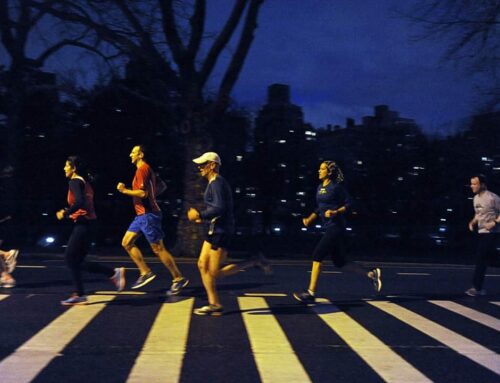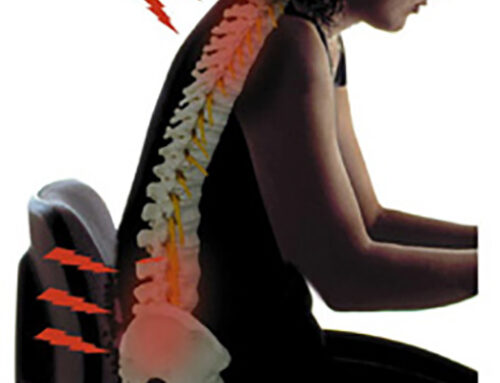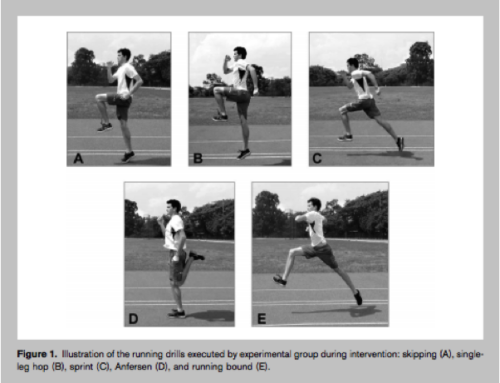Linking current research to running
By Nikki Reiter
We have all heard it, sitting is the new smoking, right? Yes, the stats are alarming for how much time we spend in a sedentary state, but is simply standing enough? Before you rush out to buy your standing desk, consider that ‘be less inactive’ may be a more appropriate message than ‘stand more.’
There are known health benefits of standing, including postural relief to the musculoskeletal system, increased blood flow to the lower extremities and increased calorie burning. But what are the consequences of prolonged standing?
As runners, we are told to balance our training with adequate recovery. It is important to make the distinction between ‘recovery’ (stay tuned for a post in the future) and just ‘sitting’ for a prolonged period.
There are two main consequences for runners who sit all day. Firstly, there is the lack of metabolic expenditure which results in weight gain (or lack of weight loss) and secondly, there is the effect on our musculoskeletal systems.
While there has been ongoing research about how the effect of prolonged standing increases loads on the circulatory system (varicose veins anyone?), a team of researchers recently published an article in this month’s Gait & Posture about the biomechanical effects of replacing sitting with standing, as opposed to say, going for a walk or run.
Here’s how it went: The study estimated energy expenditure and the ‘total knee joint load accumulated’ or in other words, the stress on the knees, for standing, walking and running for a 30 minute session.
The result? Well, not surprisingly, energy expenditure was far greater for running than for walking than for sitting. Interestingly, stress on the knees was similar between standing and walking, but 74% greater in running.
What does this mean? Well, standing is a poor replacement for walking and running if you are trying to lose weight. Standing is not necessarily easier on the knees than walking and the continuous compression may make it worse than walking, where there is a break from loading the knees during the gait cycle. Research has supported that running can provide a protective effect against knee osteoarthritis, due to this loading and unloading cycle.
The authors present some points of interest:
- It would take over 2 hrs of standing to burn as much energy as 30 min of walking.
- It would take nearly 6 hrs of standing to burn as much energy as 30 min of running.
- To burn the same total amount of energy, one would accumulate about four times as much knee joint loading in standing compared to walking, and about seven times as much loading in standing compared to running.
A final comment. Going out for a run may not be enough to counteract the ill effects of inactivity and it is unlikely that simply standing is the remedy for society’s sedentary lifestyle. Increasing the volume and frequency of more vigorous physical activity (than standing) throughout the day is likely pointing us towards the true solution.
—
Nikki Reiter is the Laboratory Coordinator in the School of Health and Exercise Sciences at the University of British Columbia Okanagan in Kelowna, BC, Canada. With a master’s degree in Biomechanics and as a trained exercise physiologist, she ensures students are taking the scientific approach to training through their lab experiences.




Leave A Comment